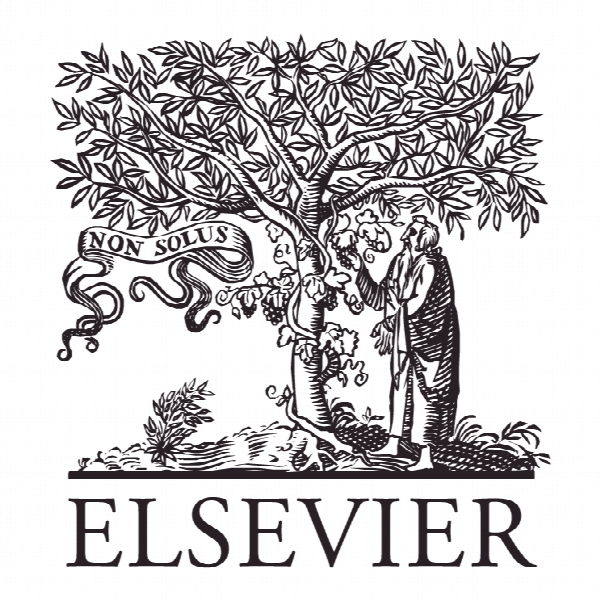برنامه ریزی استراتژیک در مناطق محافظت شده برزیل: کاربردها و تعدیلات Strategic planning in Brazilian protected areas: Uses and adjustments
- نوع فایل : کتاب
- زبان : انگلیسی
- ناشر : Elsevier
- چاپ و سال / کشور: 2018
توضیحات
رشته های مرتبط محیط زیست
گرایش های مرتبط ارزیابی و تنوع زیستی
مجله نشریه مدیریت محیطی – Journal of Environmental Management
دانشگاه Universidade of Brazil
منتشر شده در نشریه الزویر
کلمات کلیدی برنامه ریزی مدیریت، کارت امتیاز متوازن، دستورالعمل های روش شناختی، روش شناسی RAPPAM ، مدیریت محیطی، برنامه ریزی محیطی
گرایش های مرتبط ارزیابی و تنوع زیستی
مجله نشریه مدیریت محیطی – Journal of Environmental Management
دانشگاه Universidade of Brazil
منتشر شده در نشریه الزویر
کلمات کلیدی برنامه ریزی مدیریت، کارت امتیاز متوازن، دستورالعمل های روش شناختی، روش شناسی RAPPAM ، مدیریت محیطی، برنامه ریزی محیطی
Description
1. Introduction Protected areas1 (PAs) are among the main strategies employed for the conservation of biodiversity and maintenance of ecological processes around the planet (Chape et al., 2005). Once established or created, the effectiveness of these PAs depends on their implementation, which includes planning and execution of protective actions, as well as recovery of degraded areas, ecosystem management, research and monitoring, receiving visitors, among others. Concerning the complexity and the lower degree of knowledge about the conservation of tropical biodiversity, PA managers in tropical countries are faced with tough challenges in planning and management (MacKinnon et al., 1986). Brazil is the largest tropical country and its territory as a whole hosts a world-class megadiversity (Mittermeier et al., 1997). On the other hand, two of its biomes e as Cerrado and Atlantic Forest hotspots e are facing the challenge of protecting their biodiversity and ecosystems against serious threats (Mittermeier et al., 2005). Brazil currently has a network of nearly 2000 PAs (954 federal, 765 state and 230 municipal) (CNUC, 2017). About 240 MPs were set for Brazilian PAs (ICMBio, 2017). It has been found that the first MPs drafted in Brazil were weakly applied or misapplied, failing in their purpose of guiding PA management, besides being quite expensive. Even with MPs, most PAs face problems such as lack of supervision, deforestation, forest fires, precarious land tenure status, conflicting activities and lack of human and financial resources. So, MPs do not guarantee effectiveness in PA management (Dourojeanni, 2005). The effectiveness of PAs is evaluated by managers with a method called Rapid Assessment and Priorization of Protected Area Management (RAPPAM),2 specifically with the Management Effectiveness Index (Ervin, 2003). In 2010, the latest analysis assessed the effectiveness of 292 Brazilian federal protected areas. Despite the progress recorded by this effort, more than 77% of PAs were found to still have average or low effectiveness (ICMBio, 2011). To guide their actions, PAs agencies worldwide use management plans (MPs) as main guidelines for the required actions and standards for conservation and use of protected ecosystems (Thomas and Middleton, 2008; Medeiros and Pereira, 2011).


